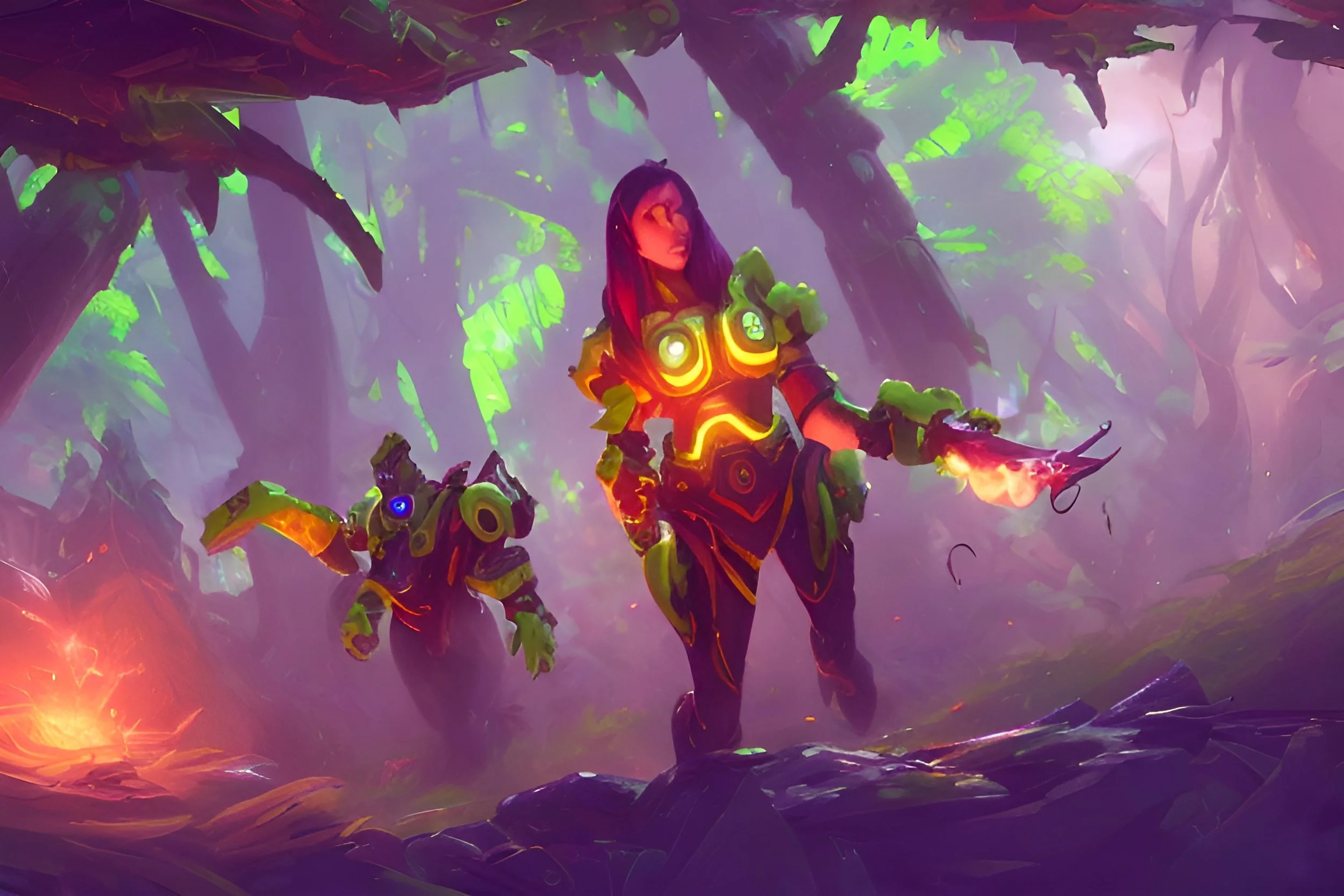"Games lubricate the body and the mind."
--Benjamin Franklin
I spoke a few weeks ago at the opening of From Spacewars to MMORPGS, an exhibit on the history of video games which was organized by the Federal Reserve Bank of Boston. What follows are some of the notes we pulled together on the history of video games in Boston. I should note that this takes a very MIT-centric view of the Boston games scene and someone from another university might foreground different moments or groups in telling the story. Giving the talk in this context was nerve wracking because there were so many people in the audience who had helped to shape the evolution of games in Boston and there is no way to reference every significant player in the history here.
In the beginning, as the title of the exhibit suggests, there was SpaceWar!, one of the first interactive computer games, built in the early 1960s by the Tech Model Railroad Club, which was at the time housed in MIT's building 20. Building 20 is a legendary space here at MIT: built during World War II as temporary housing for the Rad Lab, the group which helped develop and perfect radar technology, it survived well into my time at MIT in the 1990s. It was on the site of the new Strata Center (Frank Gehry) and housed a number of key media research initiatives through the years. The Tech Model Railroad Club consisted of people who liked to tinker with technology and they were housed at the heart of the military-industrial complex. A 1959 Dictionary of TMRC language shows them using words like "foo," "Kludge," and "hack" which very much describes their relationship to technology. The club developed a highly complex railroad system with hundreds of relays and had started to turn their attention to recreational computing, playing around with the PDP-1 computer in the MIT AI Lab during off hours. Space Wars was developed by three friends, J.M. Graetz, Steve "Slug" Russell, Wayne Wiitanen, who became known as the "Hingham Institute," because they lived together on Hingham Street in Cambridge and consumed pulpy science fiction stories and Japanese monster movies. They later said they built the game for three reasons:
• show off the limits of a computer's resources
• be interesting. each run is different.
• invite audience participation.
It seems significant that the first computer game was already a mod of the existing computer hardware if not of existing software. It was built by people interested in simulating real world environments -- and in that sense, we might draw a line from the model railroad to more recent simulation games, from Railroad Tycoon to SimCity. And it was built outside of a commercial context -- for the sheer pleasure of play. Spacewars later shipped with the PDP-1 computer so that DEC representatives could use it as a final test of the computing power at an install site. From there forward, computer games have been on the cutting edge of computing. I've argued that computer games are to the PC what NASA was to the mainframe computer -- a shared vision involving the work of hundreds of researchers trying to push forward the capacity of the equipment. The modern computer would not have its current graphics capacity, processing power, and reaction speed, nor would the PC have penetrated into the domestic market as quickly as it has, without games to constantly raise higher expectations about what computers might do.
MIT intervenes into the history of computer games a second time in the late 1970s with the launch of Infocom, a company founded by MIT staff and students, led by Dave Lebling, Marc Blank, Albert Vezza, and Joel Berez. Infocom is closely associated with the rise of interactive fiction and text-based adventure games, building on the foundations set by Zork, which had been created by MIT's Laboratory for Computer Science in 1977. Infocom exploited the Zork interpretor which could understand complete phrases (e.g. "look at the apple") versus the canned commands (e.g. "look") of earlier IF games. When Zork was released commercially in 1980 for TRS-80, it sold more than 1 million copies. Infocom helped to broaden the potential market for games by selling their titles through bookstores as well as computer stores. These games, which valued storytelling over graphics, retain a strong cult following down to the present day.
A third period in the history of games in Boston centers around Looking Glass Studios, a company created in the early 1990s after the merger of Lerner Research and Blue Sky Productions. Looking Glass moved to Cambridge in 1994 and recruited heavily from MIT, absorbing Intermetrics in 1997, a NASA software developer founded by veterans of MIT's Instrumentation Laboratory (now the Draper Lab). Looking Glass originally worked on flight simulators and driving games, moving on to other fields soon after. Until their closure in 2000, they were responsible for games that were beloved cult hits with both game fans and many game developers and for originating many design and technical innovations that would have long-lasting effects on video game development. Many of those associated with Looking Glass, Paul Neurath, Ned Lerner, Warren Spector, Ken Levine,Doug Church, Marc LeBlanc, Sean Barrett, have developed a reputation for pushing forward the art of game design and for being leading thinkers and theorists within the games industry. Marc LeBlanc has talked about the group's "MIT-style ambition" to push forward the art of interactive storytelling, including developing and refining the First-Person interface and creating the genre of stealth games (Thief and its sequels). Today, they are perhaps most famous for System Shock 1 and 2, which took the first person shooter genre to greater complexity, interweaving story and game play in a particularly sophisticated manner. The recent success of Bioshock, created by Irrational Games, a company founded by former Looking Glass employee Ken Levine, has been described as a spiritual sequel to the Systems Shock titles. After the company split apart, the employees went to many studios across the nation including Ion Storm, Harmonix, Irrational, Bethesda Softworks, Mad Doc, Junction Point [Warren Spector's newest venture, recently acquired by Disney) and Electronic Arts (Doug Church at EALA). Former Looking Glass employees have also contributed heavily to Independent Games movement, helping to found the Indie Game Jam and establishing numerous companies under various publishing methods.
Boston today is characterized by a broad array of cutting edge games companies, including:
the previously mentioned Irrational, which was recently purchased by 2K, the owners of Rockstar, and recently renamed
Mad Doc Software, creators of Empire Earth 2 and Star Trek: Legacy, a company highly regarded for complexity and good AI.
*Turbine Inc, publisher of a number of successful Multiplayer ventures, including Asheron's Call 1 and 2, and more recently, Dungeons and Dragons Online and The Lord of the Rings Online.
But if we want to tell the story through an MIT lens, we'd want to focus on Harmonix, creators of the highly successful Guitar Hero games (which I can tell you are faves where-ever MIT grad or undergrad students gather.) Harmonix was founded in 1995 by Alex Rigopulos and Eran Egozy who met while at the Media Lab at MIT. The company was built on the premise that the experience of performing music could become accessible to those who would otherwise have trouble learning a traditional instrument. At the time of the founding, Japanese music games were taking off, such as Parappa the Rapper and Dance Dance Revolution. They began to produce titles such as Frequency and Amplitudethat allowed users to create music in the games using the console controller.
In 2005, Harmonix released Guitar Hero. The game featured similar gameplay elements to FreQuency and Amplitude, in which the goal is for the player to hit color-coded buttons to the rhythm of passing button sequences. However, Guitar Hero utilized a five-button, guitar-shaped controller, designed uniquely for the game and became a huge success, both critically and commercially. MTV Networks, a subsidiary of Viacom, became the owner of Harmonix in September 2006. Harmonix has been closely involved with Boston's independent music scene.
Well, that brings us up to the present, but we'd like to think that MIT has something to contribute to the future of games as well. Take for example our new GAMBIT lab, launched this summer, as a collaboration between Comparative Media Studies and Computer Science and the AI Lab inside MIT and nine colleges, universities, and polytechnics in Singapore, funded by the Singapore Media Development Authority and the National Research Foundation. Last summer, teams of students from both MIT and Singapore worked together to do cutting edge research that would be hard to complete within product-driven processes at most games companies, translating their innovative ideas into playable if short duration games, which are now being shown at games festivals in the United States and Singapore. We hope that GAMBIT will be an incubator space for new game titles which will generate interest within the games industry and among games players. The challenge we pose to these students is to constantly stretch the limits of what games can do as a medium of expression, to try things which might fail but which also might yield spectacular results.
To help inspire these students, we have etched the image of the original Space Wars games into glass at the entrance to our laboratory space, reminding all who pass through our doors of the role which MIT has played in shaping the development of recreational computing. If you want to get a taste of the atmosphere in GAMBIT this summer, check out this short documentary created by Neil Grigsby, one of the CMS graduate students who helped lead the rapid prototype and iterative design process this past summer.
You might also like to check out this visualization of the historic evolution of the Boston games Industry (Code by Darius Kazemi, data by Kent Quirk and the Boston Postmortem).
Thanks to Philip Tan, Matt Weise, Michael Danziger, Joshua Diaz, Kevin Driscoll, and Jason Rockwell for their help in pulling together this information.



